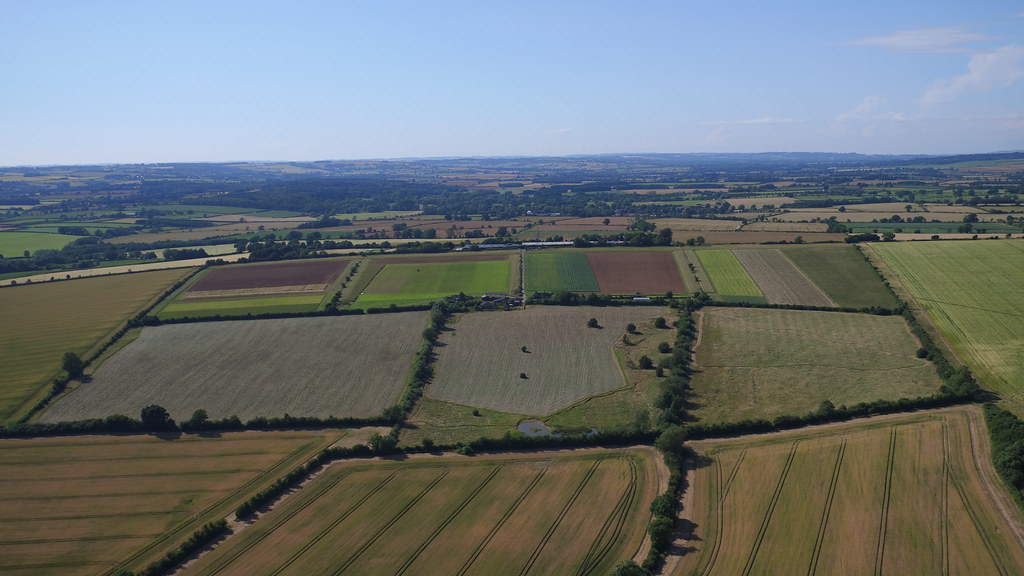Natural Flood Management & Other News
Natural Flood Management

Last winter we created a natural flood management feature to hold up water flow at peak times from the spring and reduce the input into the River Evenlode. The feature also created a more diverse wetland habitat at Honeydale and provides a small scale, working example of how this type of flood management can be implemented on wider catchments in the UK. The Cotswold Rivers Trust under the guidance of waterways management specialist Vaughan Lewis, returned to Honeydale a few weeks ago to carry out some improvements, having observed how it’s performed so far. They dug deeper into the bottom pond to increased it’s capacity and have introduced aquatic plants, including iris and sedge, to improve habitats. We look forward to seeing how the water course reacts this winter when the flow is higher.
Other News
We’ve bought a set of cultivation disks so that we can experiment with shallow soil cultivation techniques and weed control. The idea is to look at how traditional cultivation techniques can be utilised to remove weeds, with a lower reliance on chemical methods of weed control. So far we have noted that to get a reasonably weed free seedbed, the ground must be disced two to three times before sowing, set at a shallow depth to cut weed roots without moving excess soil and bringing up more weed seeds.
The ewes and lambs were sheared just before the weather warmed up and are grazing well on our permanent grassland.

We are planning to establish an orchard in November in the twelve acre grass field, with three hundred mixed fruit trees and an ‘orchard within an orchard’ of denser, shorter trees for children. The aim is that the orchard can be used for education at all ages, from schoolchildren to students studying orchard maintenance.
The ewes and lambs were sheared just before the weather warmed up and are grazing well on our permanent grassland.
We are planning to establish an orchard in November in the twelve acre grass field, with three hundred mixed fruit trees and an ‘orchard within an orchard’ of denser, shorter trees for children. The aim is that the orchard can be used for education at all ages, from schoolchildren to students studying orchard maintenance.
.png)





0 comments: